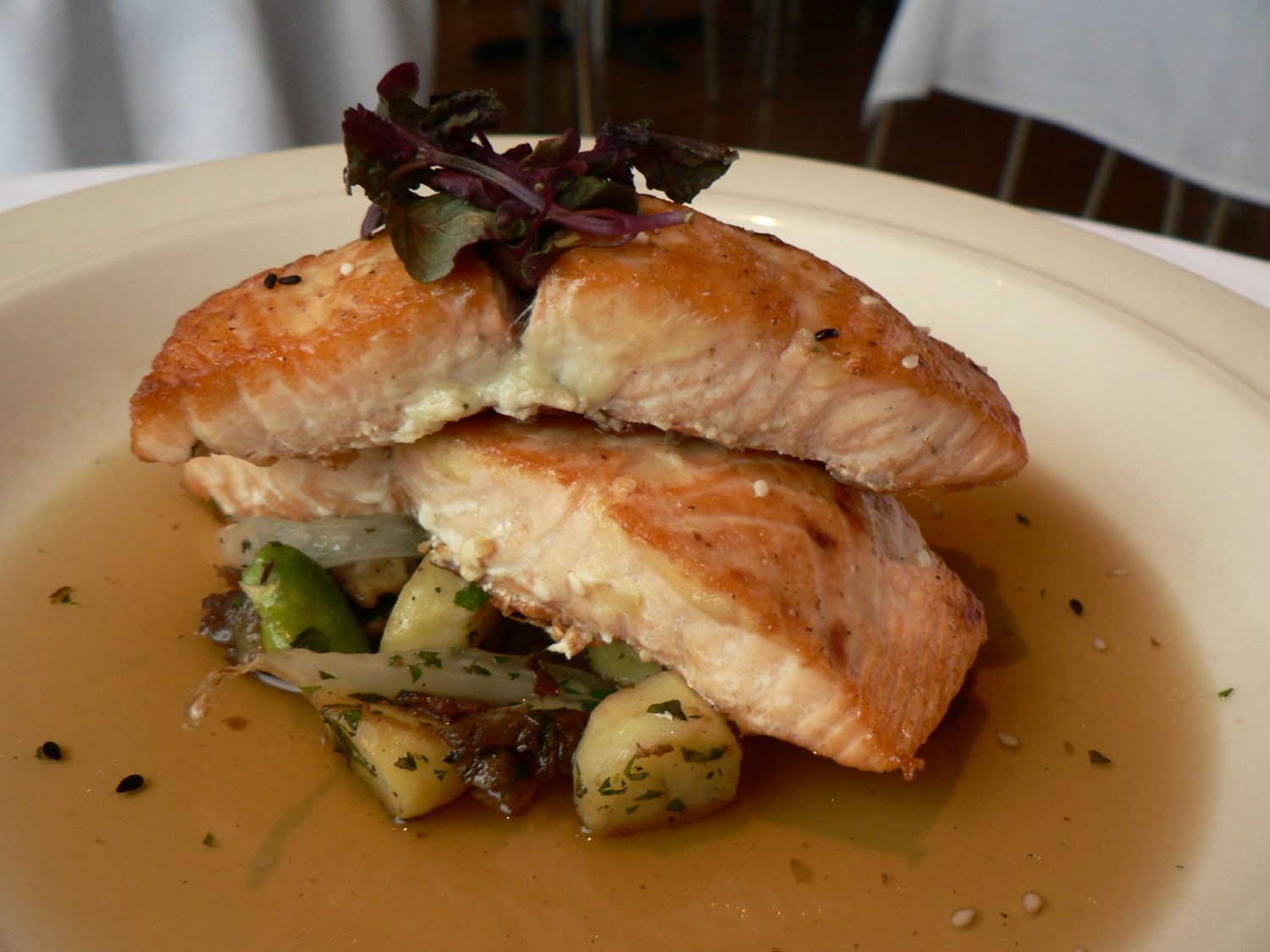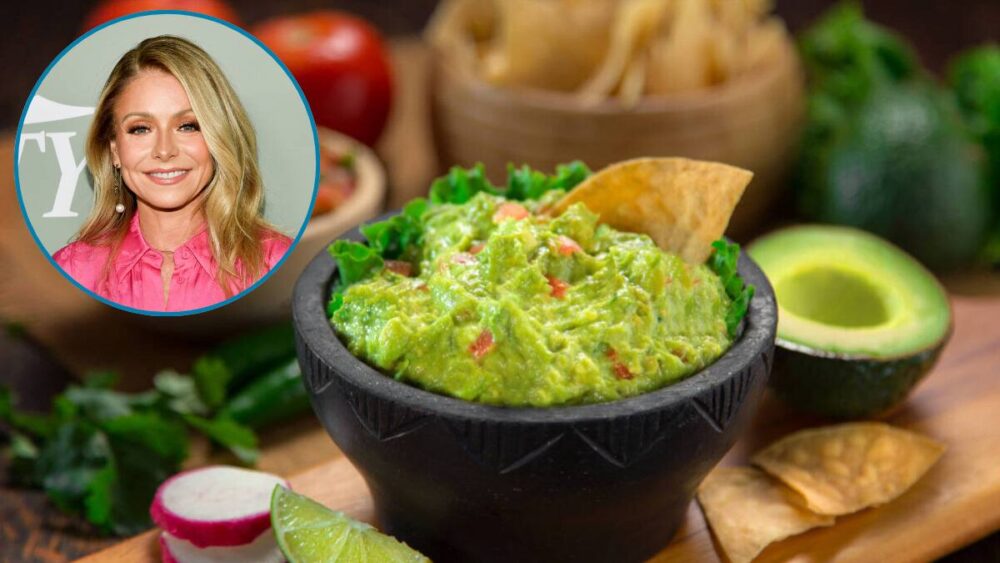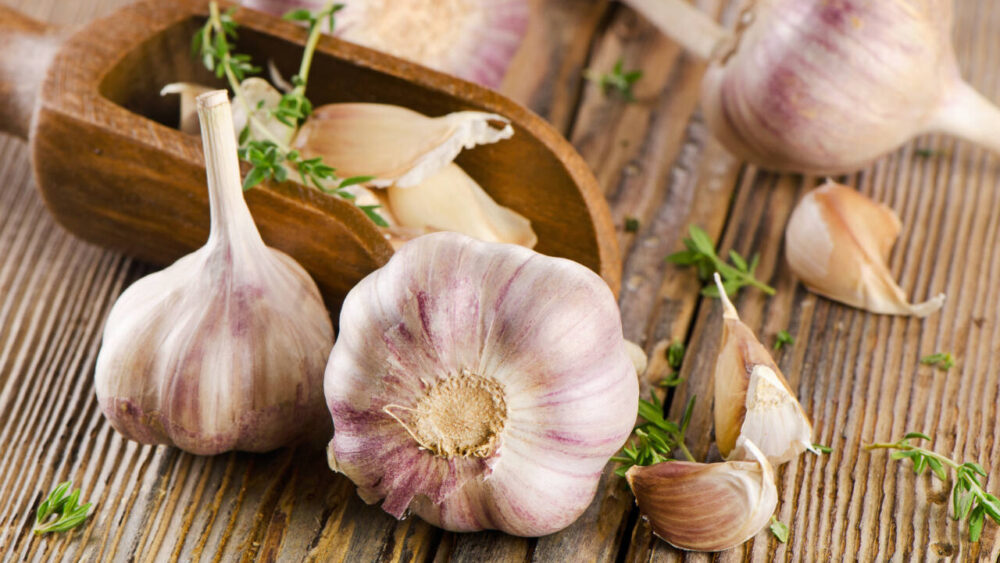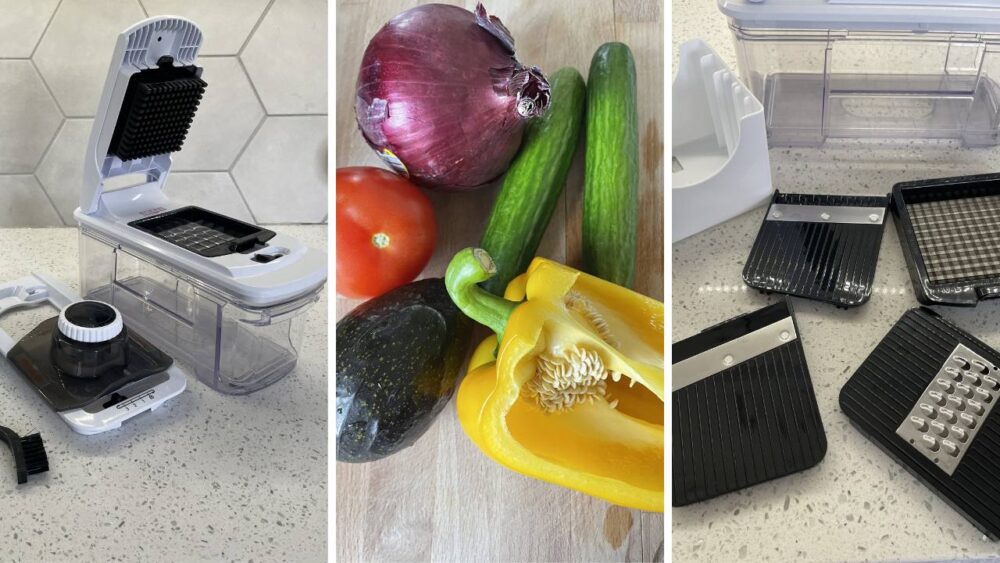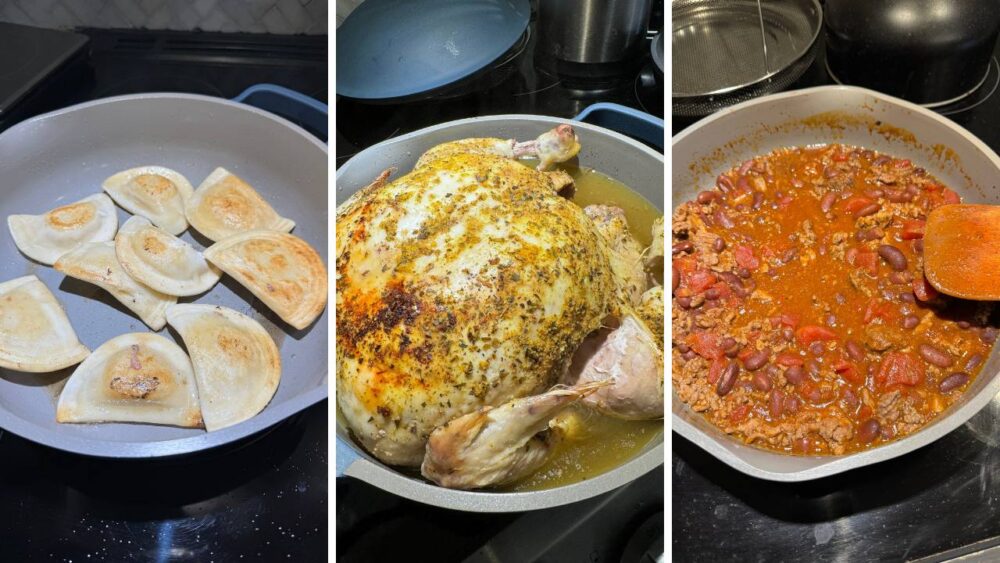Here’s What The White Stuff On Salmon Really Is
When you bake salmon, usually white gunk floats to the top of the fish. It looks like fat, it’s kind of weird and slippery, and usually you just scrape it right off because it looks so unappealing. But it’s actually not fat—it’s a kind of protein called albumin. And yes, you can eat it.
The protein albumin rises to the surface of the fish when it’s heated; when this particular protein reaches between 140 and 150 degrees, any moisture within the protein is forced out and turns white. When you see this, it could be a sign that your fish might be overcooked, since the albumin also draws moisture from the flesh of the fish itself as well.
“There’s nothing harmful in it,” Donald Kramer, professor of seafood science at the University of Alaska, Fairbanks, told America’s Test Kitchen. “There will always be a certain amount that comes out, and how the fish is cooked is probably not going to affect that.”
If it really bothers you, you can try brining the fish. According to America’s Test Kitchen, you can soak the salmon for about 10 minutes before you cook it. You can use a standard brine (one tablespoon of salt per one cup of water) or flavor it with any number of herbs and spices if you want a fancier flavor. The brine should help reduce the amount of albumin that rises to the surface of the fish.
Another option, according to Martha Stewart, is cooking the fish at a lower temperature than you normally would. Cook until the fish is partially opaque in the center, and then remove it from the heat and let it continue to cook (the internal temperature will continue to rise for a few minutes). But don’t expect this to work perfectly—America’s Test Kitchen says a certain amount of albumin will always come out of the fish, no matter what temperature it’s cooked at.


